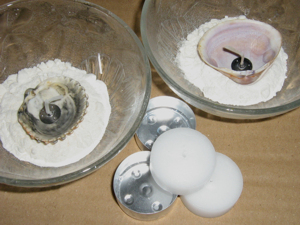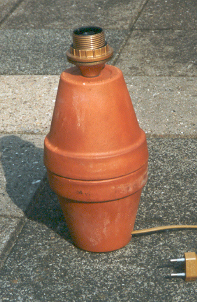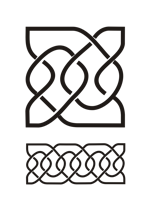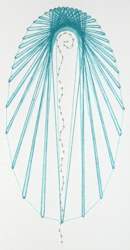
I love many of the string art patterns, but I would never make them, because I find them on the other side quite old fashioned.
Although the I thought that I could use the pattern to create a card.
I pricked the holes of the Starburst pattern Starburst pattern (template here template here) from The Art of Thread Design The Art of Thread Design into my cardboard and measured the length of thread. About 8m (about 26 feet ;-)). Then I started to weave the thread through the holes. I hadn’t finished the first two stitches when my thread became a firm knot. Totally entangled. Absolutely un-detangable.
Therefore I had to try something else with new thread.
I thought (what I should have done beforehand ;-)) that in string art they use pegs (nails) to fix the thread at the predefined points. Then I realised that I could have a kind of pegs too: if I weave the thread over and under the holes (from hole 1 to hole 2, 2 to 3, 3 to 4 etc) and back, I get a coloured frame where the holes are, I get pegs, because one thread goes from the front side to the back side and vice verso (see picture).

Click to enlarge
Now I could wrap the thread around my self-made pegs just in the same way they are doing it in string art around the nails.
I enjoyed working on the Starburst pattern, but at one end it is very narrow and I only could use two layers in place of three.
Links:
The Art of Thread Design
Starburst pattern instructions
Starburst pattern template
The original site doesn’t exist any more and is now available through webarchive:
The Art of Thread Design
Starburst pattern instructions
Starburst pattern template
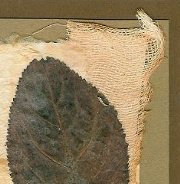
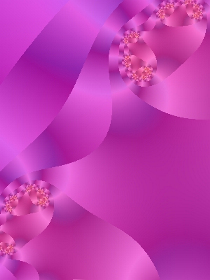
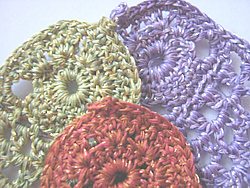
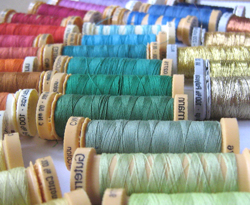 I worked the
I worked the 


